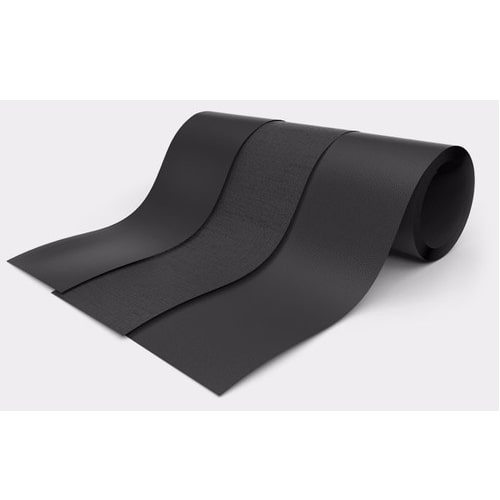Project Report For Reclaim Rubber Manufacturing
Introduction
Project report for Reclaim Rubber Manufacturing is as follows.
Rubber is a polymer made from plants and is categorized as such. a chemical complex made up of several smaller molecules of the same type and big molecules. While some polymers are created in factories and research labs, others are found in nature. A polymer is a chemical substance made up of several identically sized smaller molecules. While some polymers are created in factories and research facilities, others are found in nature.
One of the most vital polymers for human civilisation is rubber. More than 40,000 goods are made with rubber, which is a crucial raw material. Medical equipment, surgical gloves, tyres for cars and airplanes, pacifiers, clothing, toys, and more all use it. rubber is made from latex, which is a milky white substance generated by various plants and contains proteins, starches, alkaloids, etc.
It also includes rubber, a milky liquid found in some plants’ cells or latex arteries (ducts), which are used to make rubber. Only 2,500 of the approximately 20,000 plant species that produce latex have been found to have rubber in their latex. It is unknown exactly how rubber affects plants biologically.
Project Report Sample On Reclaim
Rubber Manufacturing
Get Completely Custom Bankable Project Report
Reclaim is also utilised in some matting, solvent cement for mechanical items, and water dispersions. Which are synthetic latexes derived from recycled rubber, are used as adhesives or fibre binders.
Additionally, rubber is used to change polymers, such as polypropylene, polystyrene, polyethene, and polyurethane.
Rubber boosts the toughness and impact strength of plastics but decreases their tensile strength. For laying sports surfaces, polyurethane and tyre granules have been employed.

Reclaim Rubber is made from discarded tyres and tubes, as well as other rubber product waste. In 1960-61, India established the country’s first reclaim rubber facility; before, the material was imported to suit local demand.
There are numerous grades of reclaimed rubber created in the nation to satisfy certain end applications, and the quality of reclaimed rubber produced is deemed adequate, however, some areas might be improved.
Consumption statistics for reclamation are available on a regular basis beginning in 1952-1953. Reclaim Rubber is now used to create cycle tyres, rickshaw tyres, battery boxes, automobile tyres, and other moulded rubber items, but additional research and development activities may result in its employment in new fields.
Because reclaimed rubber is less expensive than other forms of synthetic or natural rubber, its market is more competitive. Due to the high demand for the goods, new entrepreneurs venturing into this business will be successful.
Market Potential Of Reclaim Rubber Manufacturing
Waste tyres are often discovered abandoned in enormous landfills, consuming fertile, cultivable soil and destroying tranquil vistas. These tyres are now being put to good use by recyclers who, via an ingenious reclamation procedure, have discovered the ultimate redemption for such materials.
While reclamation has existed for decades, the method has only recently gained traction due to improvements in product attributes and processing costs when compared to natural or synthetic rubber. Additionally, producers are seeking alternate sources of rubber in an increasingly competitive market due to the growing prices of various rubbers.
The movement toward eco-friendly and sustainable materials has also increased demand for recovered rubber products in a variety of end-use sectors, including automotive, aerospace, consumer goods, and footwear.
Expansion of these sectors in emerging economies has also boosted market development in Asia Pacific nations. The EU’s landfill ban and other favourable legislative frameworks designed to promote and encourage recycling have also boosted product demand in industrialised countries.
Increased education levels and recycling programmes have also contributed significantly to the need for recycled rubber in the automobile sector. Consumer disposable income has increased, resulting in increased interest and spending power, which translates straight into luxury goods such as vehicles.
Thus, reclamation is a great option for these end-of-life tyres, since it creates a new market for novel uses in a variety of places worldwide.
